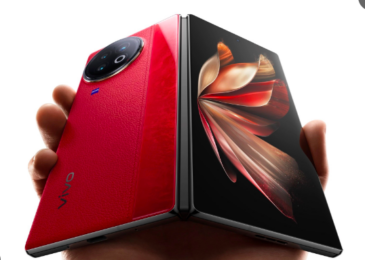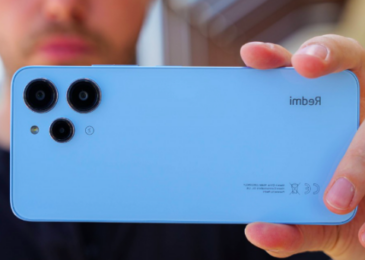Having reached the fifteenth letter of the English alphabet with the modernistic Android 8.0 Oreo, Google has finally hit Sweet 16 with Android 9.0 Pie, its latest Artificial Intelligence-focused operating system for mobile devices. After bringing speed, longer battery life, background app suppression, better auto-fill, picture-in-picture, Android Instant Apps and a whole lot of key features, Google has outdone itself with Android 9 Pie.

Why Upgrade to Android 9.0 Pie?
In two letters, AI. This version of Android focuses heavily on the AI experience, harnessing all of Google’s expertise in the fields of machine learning, neural networks, natural language processing, computer vision and more.
As a truly “smart” OS, Android Pie adapts itself to your usage over time. Adaptive seems to be the operative keyword. This adaptiveness is built into the screen, the battery and even the apps. For example, when you plug in your earphones, it automatically shows you the last playlist you were listening to. This intuitive behavior is the biggest reason you should upgrade to Android 9.0.
How to Upgrade from Earlier Android Versions to Android 9.0 Pie
If you’re not the lucky owner of a member of the Google Pixel family and your device maker is yet to push the update to your phone, don’t worry. There are other ways to install the latest Android version.

For eligible devices, which covers most of last year’s flagship phones from Sony, Essential, Xiaomi, Huawei, Oppo and others, you can download and install the public beta as part of Google’s beta software program. Registering for the public beta is easy. All you need to do is go to the Android developer page, select your device from the list and click on Get the Beta. This step is not required in Pixel phones, as Google will auto-detect the device model and send a notification that an update is available. You can simply download from there and the installation will be done in a few minutes.
If you don’t want to wait for the update to be pushed to your device, you can always flash it with an Android 9.0 Pie ROM. For its devices, Huawei suggests using the fastboot method, and also provides the Android 8.0 Oreo ROM as a rollback option. You will also need to install the Android SDK to your computer as a first step.
Warning: The upgrade would brick the phone so please backup your device first. You can do it with Google Drive or Androidphonesoft.
To flash a ROM or beta ROM on a device that doesn’t yet have an OTA update available, you need to unlock bootloader. Here are the steps:
Step 0: Turn on the developer options and enable USB debugging. Next, OEM unlock the device and connect it to your PC. Open Command Prompt and execute this command: adb reboot bootloader. Authorize if prompted. When the device is in bootloader mode, run this command in CMD: fastboot flashing unlock. Confirm, wait for it to reboot and then run: fastboot reboot. Now, when you run this command – fastboot devices – you should be able to see your device serial number.

You can now proceed to flash the ROM.
Step 1: Extract the ROM files to a folder on your PC. Copy all the files, go to Android SDK via Program Files, find the folder that says platform-tools and paste all the copied files there.
Step 2: In Windows, double-click the Windows Batch File. In Linux, find flash-all.sh and double-click it. The installation will begin, and you can see the progress in the pop-up window that appears.
Step 3: After the automatic reboot at the end of the process, unplug your device and start enjoying your Android 9.0 Pie experience.
It is imperative that you keep your device plugged in the whole time. Make sure you have all the prerequisites such as the Android SDK and an archive extraction utility, and that you have unlocked the bootloader on your device before you begin the flash process.
An OTA update is always preferable if you’re not familiar with flashing ROMs on your device. If you’re a novice, it’s probably better to wait until the over-the-air update is pushed to your device. Several OEMs are already rolling out Android 9.0 Pie to their device users, and it’s only a matter of time before yours is ready. The reason this takes time is that any new operating system version isn’t used off the shelf by most smartphone manufacturers. There’s a lot of device-specific and branding activity that goes on behind the scenes, before it is finally ready for the public. In addition, there is usually a delay between the release for Pixel phones and the release for OEMs. This is intentional, and gives Google a head start in fixing potentially major issues before the new OS version is rolled out to all device makers. But either way, as long as your device is eligible to receive the Android Pie update, you can do it manually instead of waiting for your device maker to push it to you.




